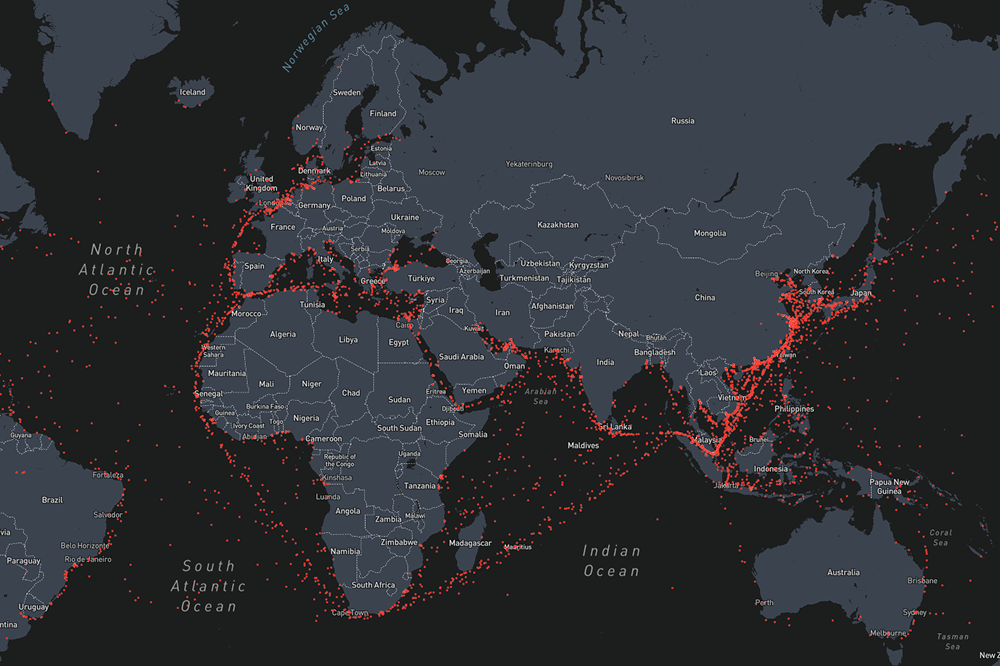The world’s biggest container lines could be facing an additional $3.2 billion in costs as a result of new port fee rules set to come into force in the United States, according to market intelligence firm Alphaliner.
The U.S. Trade Representative (USTR) has introduced a tariff scheme targeting vessels with Chinese ties, whether through ownership, flag, or construction, set to apply from October 2025. The measure is designed to curb China’s dominance in global shipbuilding, but it risks hitting carriers directly in their operating margins.
Exposure Across the Top 10 Lines
Alphaliner’s projections suggest that the top 10 carriers alone could see their costs climb steeply in 2026, when the policy is fully in effect. With thousands of U.S. port calls anticipated, many of them by Chinese-built tonnage, the cumulative burden could reach billions of dollars.
For ultra-large container vessels, the first-call surcharge could exceed $1 million. With repeated voyages factored in, the effect compounds quickly, particularly for lines with heavy transpacific exposure.
Strategic Questions for Carriers
While the USTR measure is framed as a strategic industrial policy, shipping lines now face practical decisions on fleet deployment and network planning. Some carriers are already examining whether to restructure ownership and flagging to limit their liability, while others may consider rerouting or shifting first-port calls to minimize direct exposure.
Analysts note that the U.S. action comes alongside broader measures targeting China’s maritime and port influence. As Reuters has reported, Washington is simultaneously ramping up efforts to counter Beijing’s global port footprint, signaling that U.S. maritime policy is moving toward a wider pushback against Chinese dominance.




.png)
.png)

.png)
